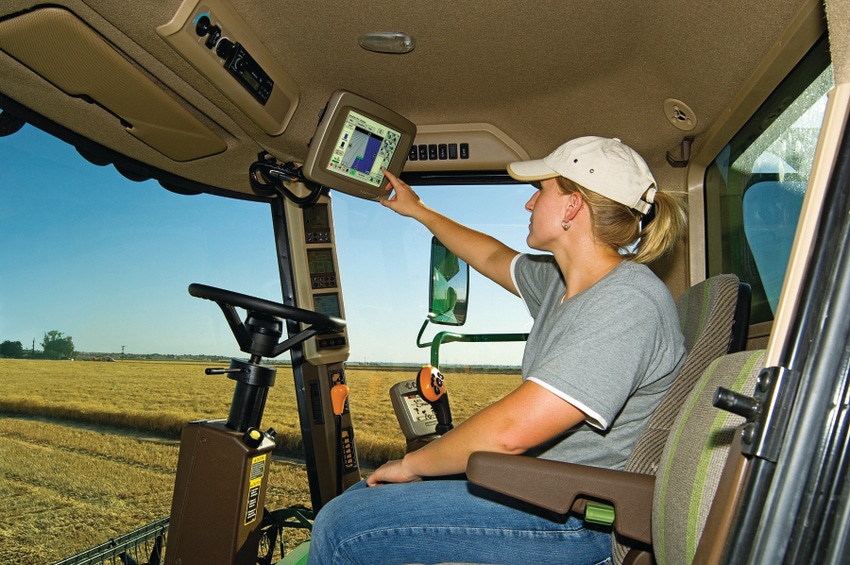
The primary challenges cotton farmers face in using crop sensors to manage variable rate application are developing prescriptions and adjusting equipment properly to apply established rates, says an Oklahoma State University agricultural engineer.
Randy Taylor, professor, biosystems and agricultural engineering at OSU, speaking at the recent Texas Plant Protection Association annual conference in Bryan, said sensor system use is becoming more popular for crop production. “Several commercially-available, sensor-based, variable-rate systems exist for efficiently managing inputs and maximizing yields or returns,” he said.
Sensor-based systems appeal to farmers because “they are easier to use than most map-based systems,” Taylor said.
He said nitrogen is typically the first consideration for sensor-based applications. “Plant growth regulators and defoliant/boll openers also offer opportunities for cotton farmers. But they must have the proper equipment to apply materials with variable rate application technology.”
Equipment should include sensors and control interface, a display and control module and an application rate controller. Crop sensors are more popular than soil sensors, he said.
“The application-rate controller consists of a control module/user interface, flow meter, flow control valve and speed sensor. In some cases, the display and control module may be the same for the sensor system and rate controller.”
He said if GPS is used for mapping it can also provide the speed signal.
In sensor-based, variable-rate application, material applied is typically in liquid form and nozzle-tip types can make a difference. “Using fixed-orifice nozzles will greatly limit the range of rates that can be applied,” Taylor said. “Other options are available.”
He said pulse width modulation (PWM) “allows control of nozzle pressure and flow independently. Variable rate orifice nozzles open as flow increases.”
Taylor said a normalized difference vegetative index (NDVI) sensor may help with plant growth regulator application.
It’s also helpful with nitrogen management. “NDVI is a good indicator of biomass,” he said. Readings may indicate areas with more yield potential. “But farmers need to create nitrogen-rich strips” for comparison.
Taylor said sensors offer cotton producers potentially valuable tools to increase efficiency, but the technology is not yet where it needs to be. “The Industry alliance should improve the systems,” he said. “They have the opportunity to take technology even further.”
About the Author(s)
You May Also Like






